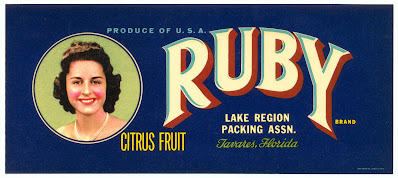Hybridization is a beneficial tool because it allows researchers to combine the most desirable characteristics of two different species to create an entirely new species. This is different from genetically modified organisms, or GMOs, because the genes in GMOs have been altered or enhanced while hybridization takes advantage of the natural traits found in each plant species. This can be done by collecting a sample of the DNA found in each species, unwrapping it, and pairing them with one another to create a DNA helix that has one strand from species A and one strand from species B.
Herbert J. Webber worked alongside Swingle to perfect their hybridization techniques. The pair published several papers, books, bulletins, and pamphlets together discussing the research they had conducted and providing growers with helpful information to aid in the efficiency of growing citrus groves. Webber and Leon D. Batchelor then published The Citrus Industry. This book detailed the history of the citrus industry, botany, and methods used to breed citrus. Citrus growers used these books to aid in their growing techniques and to learn more about the citrus industry. Although not mentioned, there are numerous other researchers and scientists who played a fundamental role in the advancements of the Florida Citrus Industry.
Walter T. Swingle was inducted into the Florida Citrus Hall of Fame in 1962 as part of the inaugural class: https://floridacitrushalloffame.com/inductees/walter-tennyson-swingle/.
In partnership with Florida Southern College’s McKay Archives Center
Spring 2024
--
Sources:
Johnson, Alexander. “How Does Plant Hybridization Work?” ScienceOxygen, September 14, 2022. https://scienceoxygen.com/how-does-plant-hybridization-work/.
Mack, Thomas B. Citrifacts II: A Portion of Florida Citrus History. Bartow, Florida: Associated Publications Corporation, 1998.











